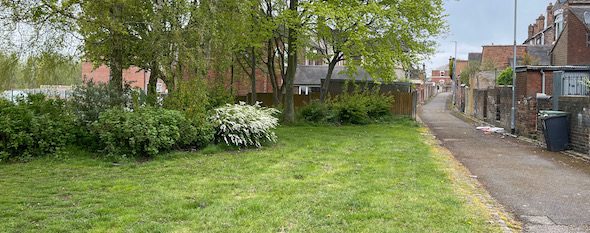Residential Development, Manor Street, Fenton, ST4
Case Study Reference: CS21-04-08
Planning Authority: Stoke-on-Trent City Council
Planning Reference: Stoke-on-Trent City Council and 67398/FUL
Synopsis:
In order to demonstrate that after the development the site could not be classified as ‘contaminated land’ under Part 2A of the Environmental Protection Act a Phase I desk study report was required to support the application for the erection of an extension to an existing commercial building.
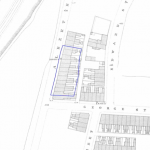 A Phase I desk study report assess the potential for a site to be impacted by contamination, this is undertaken by researching the history of the site and the surrounds as well as a review of information held by regulatory bodies and a site visit.
A Phase I desk study report assess the potential for a site to be impacted by contamination, this is undertaken by researching the history of the site and the surrounds as well as a review of information held by regulatory bodies and a site visit.
The history of the site and su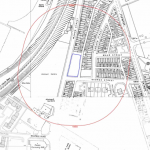 rrounds were researched using a combination of Ordnance Survey (O.S.) maps, street level imagery and aerial plates. The site was developed prior to the first edition O.S. map (1877) and the site was occupied by what appeared to be terraced dwellings which were cleared in the late 1980’s.
rrounds were researched using a combination of Ordnance Survey (O.S.) maps, street level imagery and aerial plates. The site was developed prior to the first edition O.S. map (1877) and the site was occupied by what appeared to be terraced dwellings which were cleared in the late 1980’s.
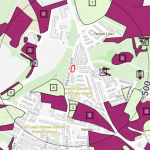 The published geology for the site was researched using both the 1:10,000 and 1:50,000 scale maps, this revealed that there were a number of parcels of made ground within 250m of the site.
The published geology for the site was researched using both the 1:10,000 and 1:50,000 scale maps, this revealed that there were a number of parcels of made ground within 250m of the site.
The drift soils were identified as Devensian Till which were 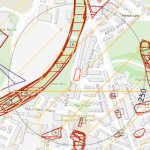 underlain by Coal Measures, an inferred coal seam was recorded to outcrop under the site.
underlain by Coal Measures, an inferred coal seam was recorded to outcrop under the site.
Infomration obtained from the Coal Authority indicated the iste was not within a ‘Development High Risk Area’ and further assessment of the risks of the inferred outcropping coal seam was not warranted.
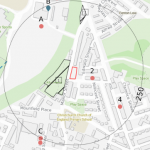 Data provided by regulatory bodies identified a number of ground workings within 250m of the site as well as three landfills within 250m, the closest being 13m to the west.
Data provided by regulatory bodies identified a number of ground workings within 250m of the site as well as three landfills within 250m, the closest being 13m to the west.
On completion of the desk based research a site reconnaissance visit was undertaken, this revealed the site formed a parcel of open landscaped ground with a number of trees present on the site.
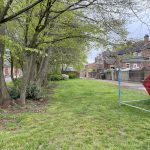 On completion of the walkover surve
On completion of the walkover surve y a qualitative risk assessment was undertaken on the potential sources of contamination identified in the desk study report in order to determine if any warranted further investigation, this concluded that the potential for made ground to be present on the site as well as the landfills within 250m of the site warranted further assessment.
y a qualitative risk assessment was undertaken on the potential sources of contamination identified in the desk study report in order to determine if any warranted further investigation, this concluded that the potential for made ground to be present on the site as well as the landfills within 250m of the site warranted further assessment.
As an alternative to further site investigation and ground gas monitoring the alternative of remediation in lieu of investigation was deemed suitable and proposed in the report.
The report was submitted alongside the application in order to support the application.
The recommendations of the report were accepted and the further works were to be conditioned.

